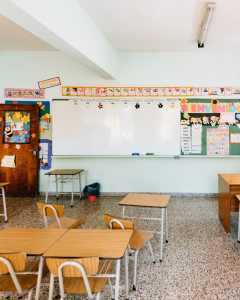The school holidays always present a number of different safeguarding challenges for teachers and school staff. For many pupils, school can be the only break that they get from the safeguarding issues they are exposed to at home, and it can be hard to know if those students are being fed, supported and cared for outside of term time.
To ensure that all students returning to school are safe, cared for and protected, teachers should pay particular attention to any concerns raised by students, parents or carers which could relate to a potential safeguarding risk, and log those incidents in a timely fashion.
It is important to keep in mind that a risk may not always be immediately obvious upon a student’s return back to school. In such instances, it is important that teachers are extra vigilant and aware of any potential signs that a student may be at risk of harm or exploitation.
Examples of this may include physical signs such as visible injuries, changes in behaviour or any indications that a student may have been exposed to online abuse. Other signs may be harder to see such as changes in language or inattention in class.
The best way for teachers to help protect their students is to:
1. Establish guidelines to ensure students know who to contact for assistance over the holidays. This could include providing contact details for the school counsellor or social worker and establishing procedures for getting in touch with them if needed.
2. Maintain regular communication with the students and their parents over the holidays. If a student seems distressed or has confided in you about a safeguarding issue, they may need guidance on what to do.
3. Educate students on the warning signs and dangers of various safeguarding issues. Let them know what to watch out for, what resources are available, and how to get help if they need it.
4. Encourage students to connect with other students and teachers over the holidays in a secure and age-appropriate online environment.
5. Empower students to protect themselves by teaching them personal safety skills. This could range from really basic things like informing their parents if they plan to go out, to more complex subjects such as how to recognizing signs of grooming online.
6. Use a safeguarding data management system that allows you and your faculty to record, log and manage incidences of safeguarding issues so that no pupil gets lost or left behind. Having a solid safeguarding plan in place with a clear, easy-to-follow procedure ensures staff and pastoral carers that their obligations, to those in their care, are being met.
Learn more about how CURA can help you to keep track of your students so they are safe and protected during the school holidays here: https://www.tascsoftware.co.uk/
